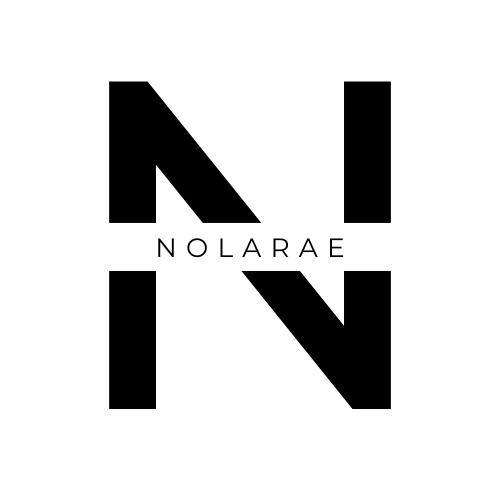How Streaming Changed the Way We Watch (and Make) Movies
- May 4
- 3 min read
Updated: 4 days ago
Streaming platforms like Netflix, Amazon Prime Video, and Disney+ have fundamentally changed how we watch films and how they’re made. From instant access and personalised content to data-driven filmmaking and global storytelling, this digital revolution is reshaping cinema for creators and audiences alike.

📺 From Cinemas to Clicks
The rise of streaming platforms has completely transformed the film industry, altering not just how we consume content, but also how it’s created, financed, and distributed. What once required a cinema release and a marketing campaign worth millions can now find global success with a well-timed drop on a streaming platform.
At the TIME100 Summit, Netflix co-CEO Ted Sarandos called traditional cinemagoing “an outmoded idea, for most people – not for everybody.” He emphasised Netflix’s focus on viewer convenience, saying, “We deliver the programme to you in a way you want to watch it.” - (The Guardian)
🍿How We Watch Films Has Changed
Once a special event, movie nights have become part of everyday life. Audiences now prefer on-demand access and home viewing, favouring flexibility over formality.
Audiences now:
🎞️ Expect instant access to new releases
📱 Watch films on multiple devices (TVs, tablets, phones)
⏱️ Enjoy content in bite-sized or bingeable formats
This shift has shortened theatrical windows and pushed many films to adopt simultaneous releases in cinemas and on digital platforms.
🎥 New Rules for Filmmakers
Filmmakers have evolved alongside the platforms, adapting their craft to align with modern viewer habits and streaming-specific demands.
Streaming-first production involves:
⏩ Faster pacing: To catch attention within minutes
📐 Mobile-friendly visuals: Framing that looks good on small screens
⏳ Shorter runtimes: For films designed to live on streaming platforms
🧩 Serialised formats: Long-form stories split into bingeable episodes
Directors and writers now consider streaming viewers’ habits from the script stage. The first 10 minutes are more critical than ever.
📊 How Streaming Decides What Gets Made
In the old studio system, films were greenlit based on pitch meetings, big-name actors, and box office projections. Today’s streaming giants rely on data and algorithms.
They base greenlight decisions on:
🔍 Viewer analytics
🎯 Genre performance data
📈 Retention scores and completion rates
🌍 Global appeal metrics
The evolution of movie streaming has transformed the entertainment industry, providing viewers with unprecedented access to films and TV shows from around the world. - (Film Threat)
This has democratised content creation, opening doors for new voices and unconventional stories. Indie films, foreign-language features, and diverse casts are flourishing like never before.
🌍 Global Reach and New Voices
Streaming has broken down many of the traditional barriers that once kept diverse stories from reaching global audiences.
Positive impacts include:
🎬 Growth in independent films and foreign-language features
🎭 Increased visibility for diverse casts and creators
🌐 The rise of global co-productions and non-Western cinema
Thanks to streaming, a South Korean thriller like Parasite, an Indian epic like RRR, or a Spanish sci-fi series like The Platform can trend globally, something unthinkable in the pre-streaming era.
⚔️ Lower Barriers, Higher Competition
While accessibility has improved, so has the competition. In today's attention economy, visibility is everything.
Success now depends on:
🧠 Algorithms and metadata
🖼️ Engaging thumbnails and scroll-stopping titles
🗣️ Viral moments and social buzz
🌟 Positive user reviews and high completion rates
Algorithms, thumbnails, and social trends now influence a movie’s success as much as critics or award wins.
✅ The Pros and Cons of the Streaming Shift
Pros:
🔓 Easier access for creators and audiences alike
🌍 Greater diversity in genres, cultures, and voices
🧪 More flexible storytelling formats and runtimes
📊 Data-driven insights to improve content targeting
Cons:
🎟️ Loss of the theatrical experience and its communal appeal
📉 Less long-term cultural impact per film
🤖 Creative decisions shaped by algorithms, not artistic vision
🔮 What’s Next for Streaming and Filmmaking?
Streaming platforms continue evolving, experimenting with innovative formats and new global models for production and distribution.
Emerging trends include:
🎮 Interactive storytelling (Bandersnatch, Kaleidoscope)
📖 Serialised films that feel like long-form TV
🌐 Cross-border collaborations and global licensing
🤖 AI-driven recommendations and even editing or scene customisation
Filmmaking is no longer bound by reels or Friday-night premieres. It's dynamic, data-powered, and digitally native.
📣 Final Thoughts
Streaming has revolutionised the way we watch and create films, offering more access, creativity, and global reach, but also presenting new challenges like visibility, originality, and cultural impact, ensuring that the way we experience cinema will always be evolving.
